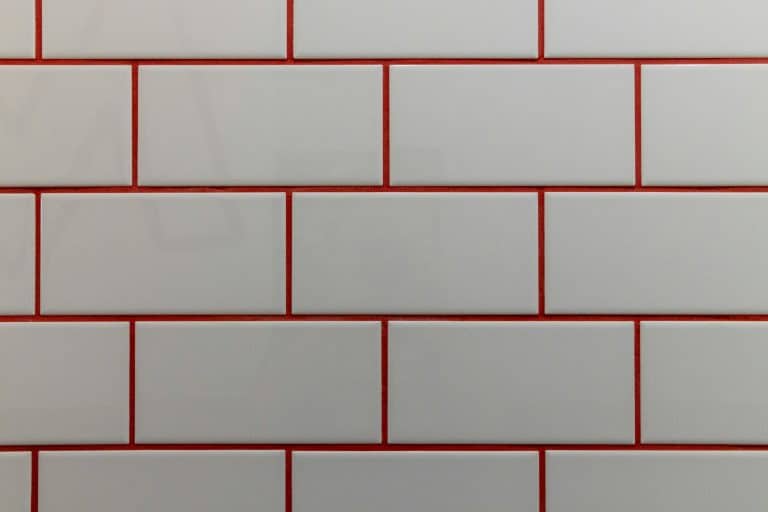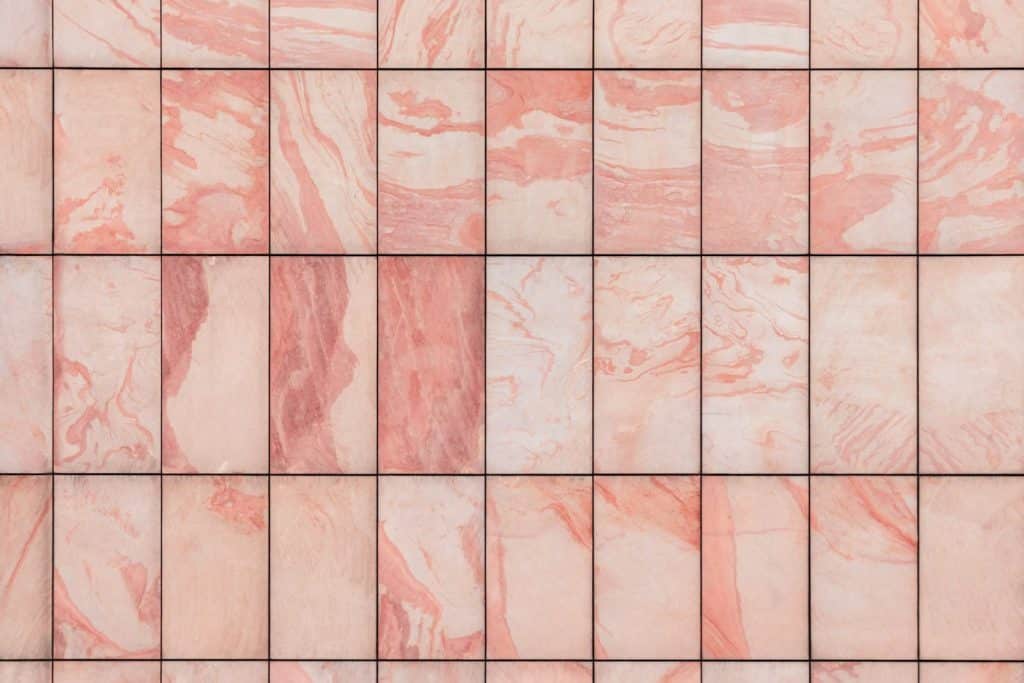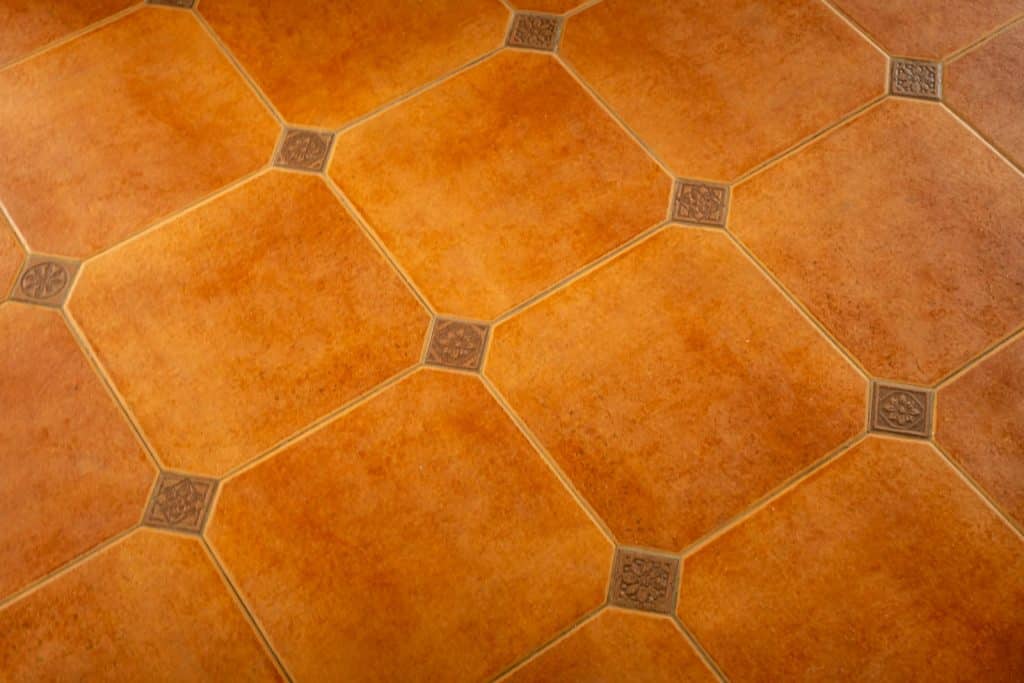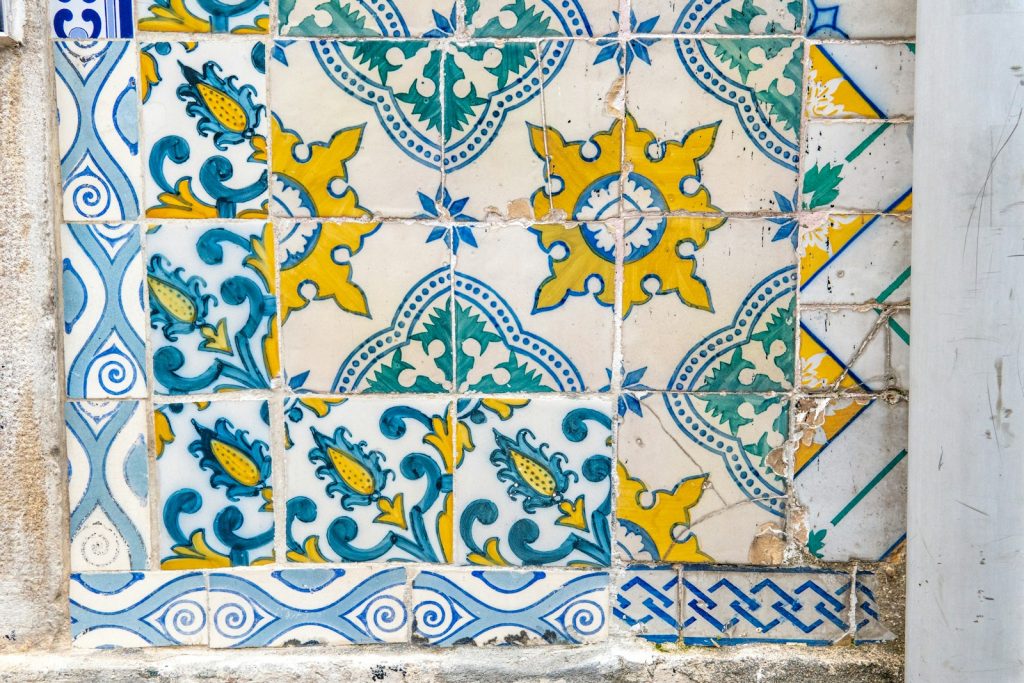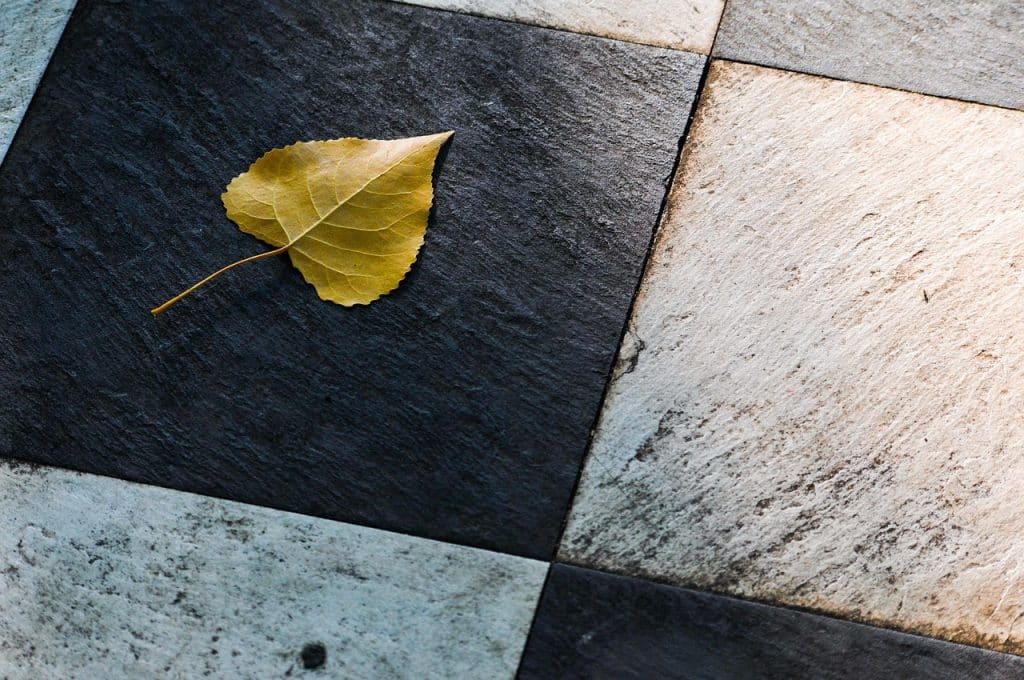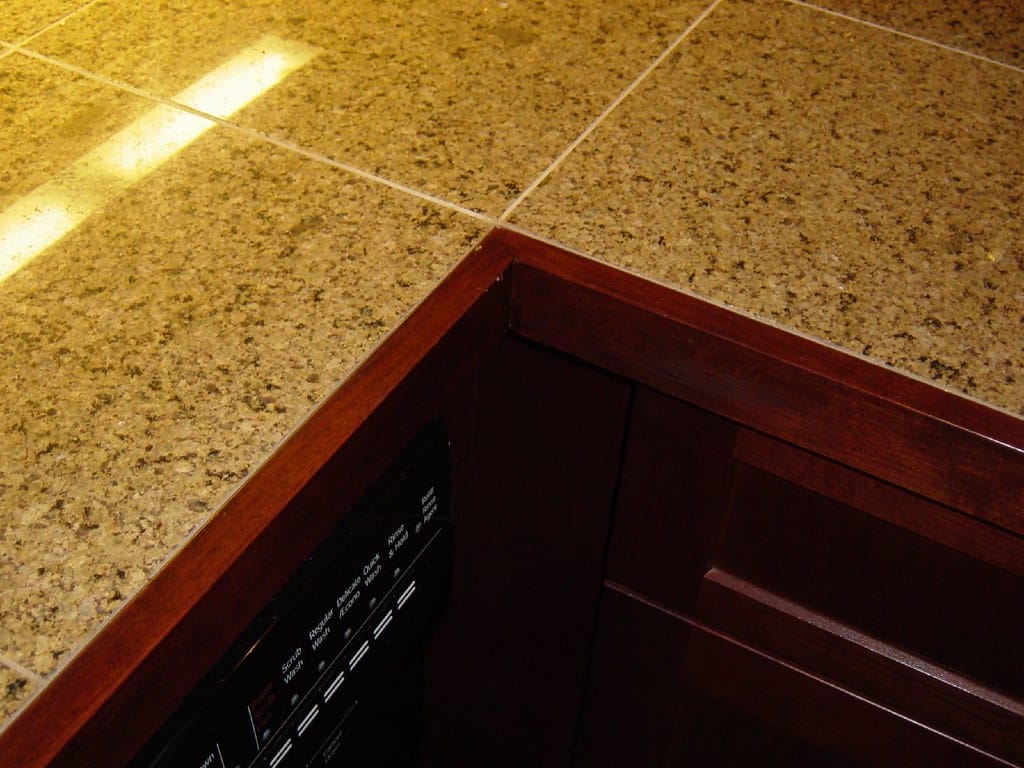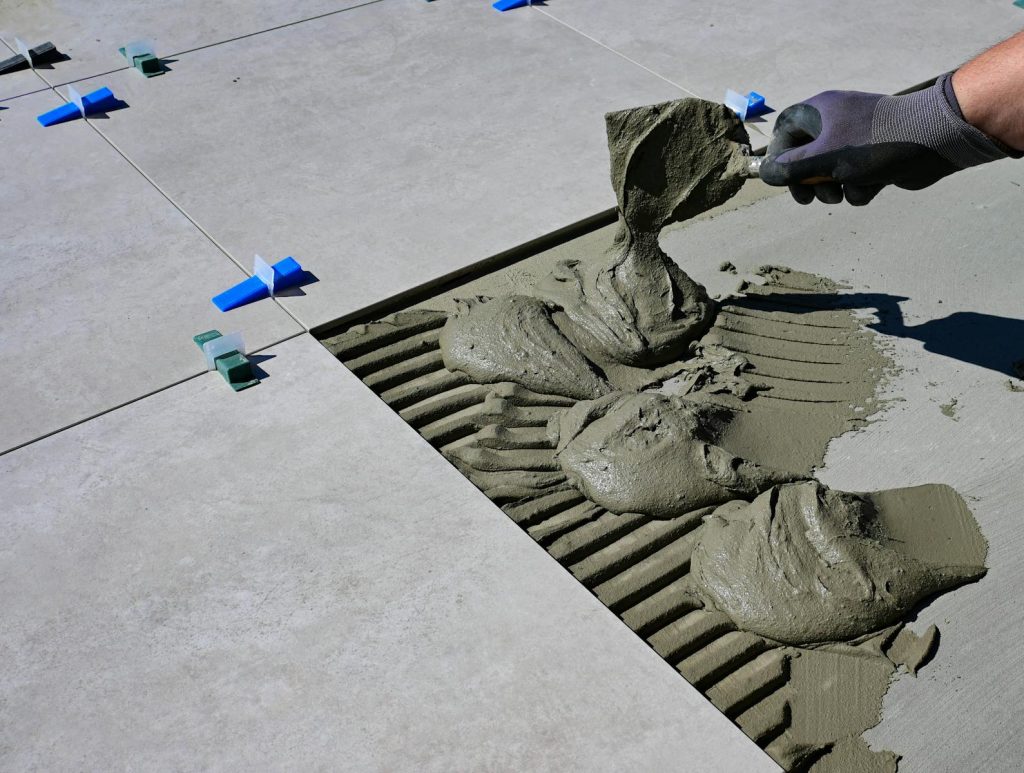Selecting the Tile Grout color, pattern, shape, and layout of your tiles is a fun part of designing your tile installation. However, we often overlook an equally critical design element: grout color. The right grout color can highlight specific features of your tiles, blend into the background, or even steal the show. Choosing the correct grout color is essential for a cohesive and visually appealing tile design. Below, we explore factors to consider, ideas to inspire, and answers to common questions to help you find the perfect grout color.
Key Factors Influencing Grout Color Choices
1. Installation Size
The size of your tiled area matters. High-contrast grout colors can create a bold, intricate look but might overwhelm large spaces. Conversely, grout that closely matches your tile color creates a seamless appearance, making small areas feel more expansive.
2. Tile Location
Where the tiles are installed impacts your grout decision. Wall and floor tiles are often in direct sightlines, making grout more visible compared to less-trafficked areas. Bold grout contrasts may dominate in large spaces, so balance aesthetics with practicality.
3. Design Complexity
The size, layout, and pattern of your tiles influence the role of grout. For example:
- Matching grout and tile colors creates subtle, minimalist lines.
- Contrasting colors add drama and definition.
- Mid-tone neutrals (like gray) strike a balance between seamless and dynamic.
4. Patterns
If your tiles already have intricate patterns, opt for thin grout lines or neutral grout colors to let the design shine. Alternatively, use bold grout to emphasize geometric layouts or unique tile shapes.
5. Ambient Décor
Consider your room’s existing color palette. Grout that complements surrounding elements (e.g., wood, brick, or stone) will feel cohesive. Test samples against your décor to avoid clashes.
6. Multi-Colored Tiles
For tiles with multiple colors:
- Match grout to a neutral tone in the tile.
- Use a light/dark grout that contrasts all tile colors.
- Choose a shade that blends with the tile edges to avoid disrupting patterns.
7. Tile Edges
Rectified tiles (laser-cut for precision) allow thin grout lines for a sleek look, while non-rectified tiles may require wider grout lines. Ensure your grout color aligns with the desired visibility of these lines.
8. Coordinating Multiple Tile Designs
If mixing tile styles in one space:
- Use matching grout for uniformity.
- Opt for a versatile mid-tone gray.
- Create subtle contrast using complementary grout shades.
Final Tips
- Always test grout samples in your space under different lighting.
- Follow manufacturer guidelines for joint widths and curing times.
- Use sealants to extend grout longevity in high-moisture areas.
By balancing aesthetics and practicality, you’ll create a stunning tiled space that stands the test of time!

